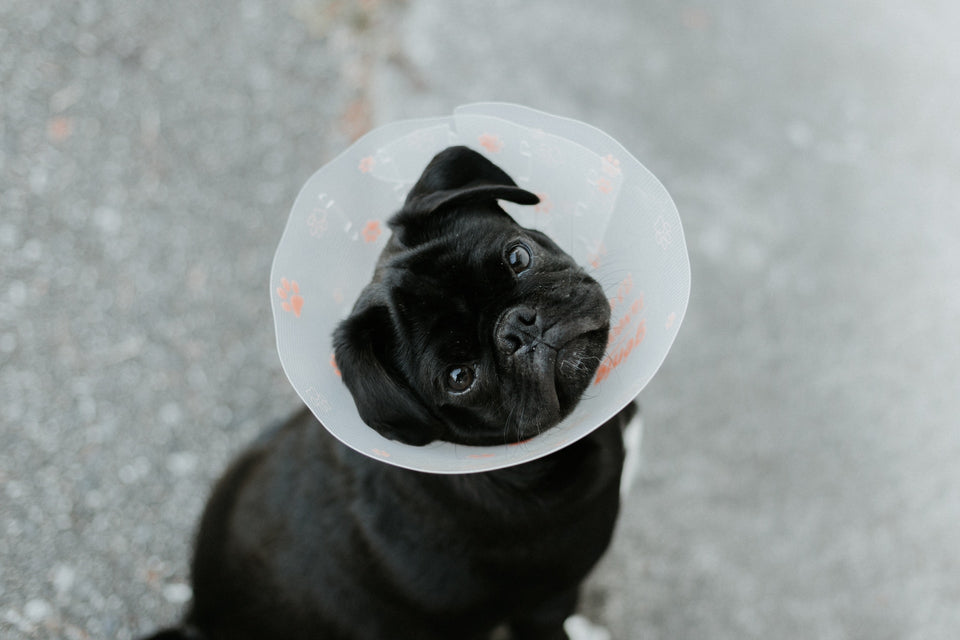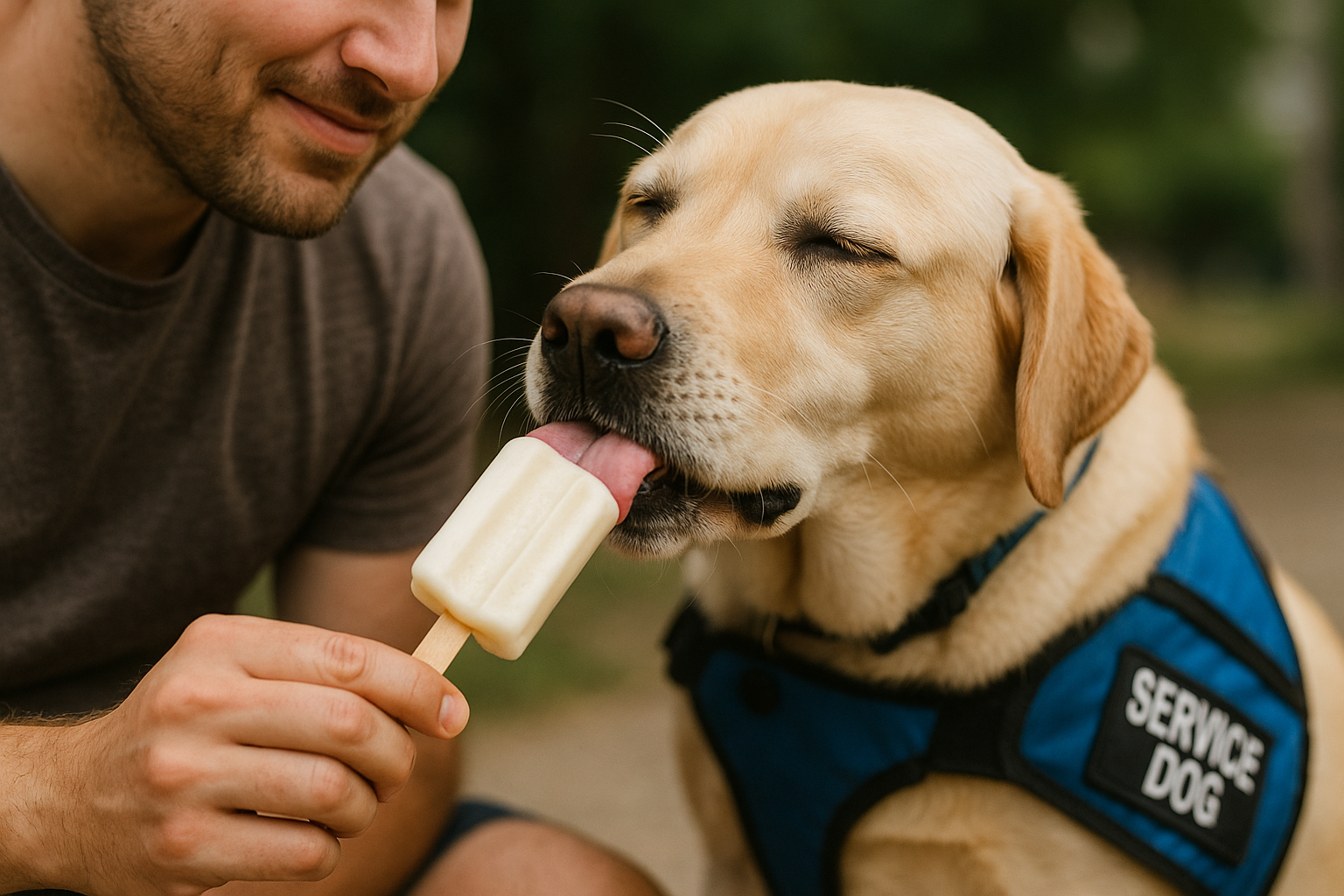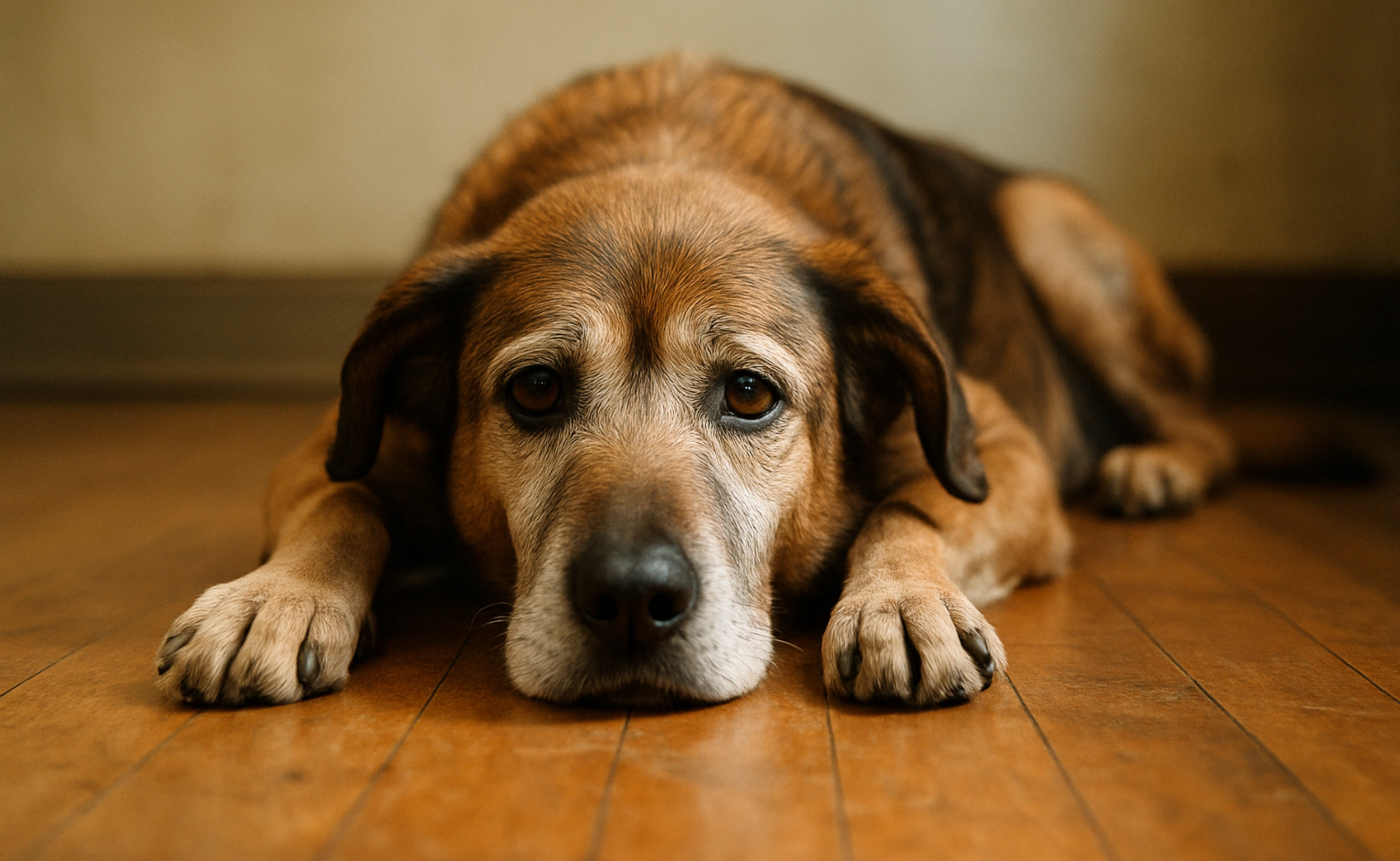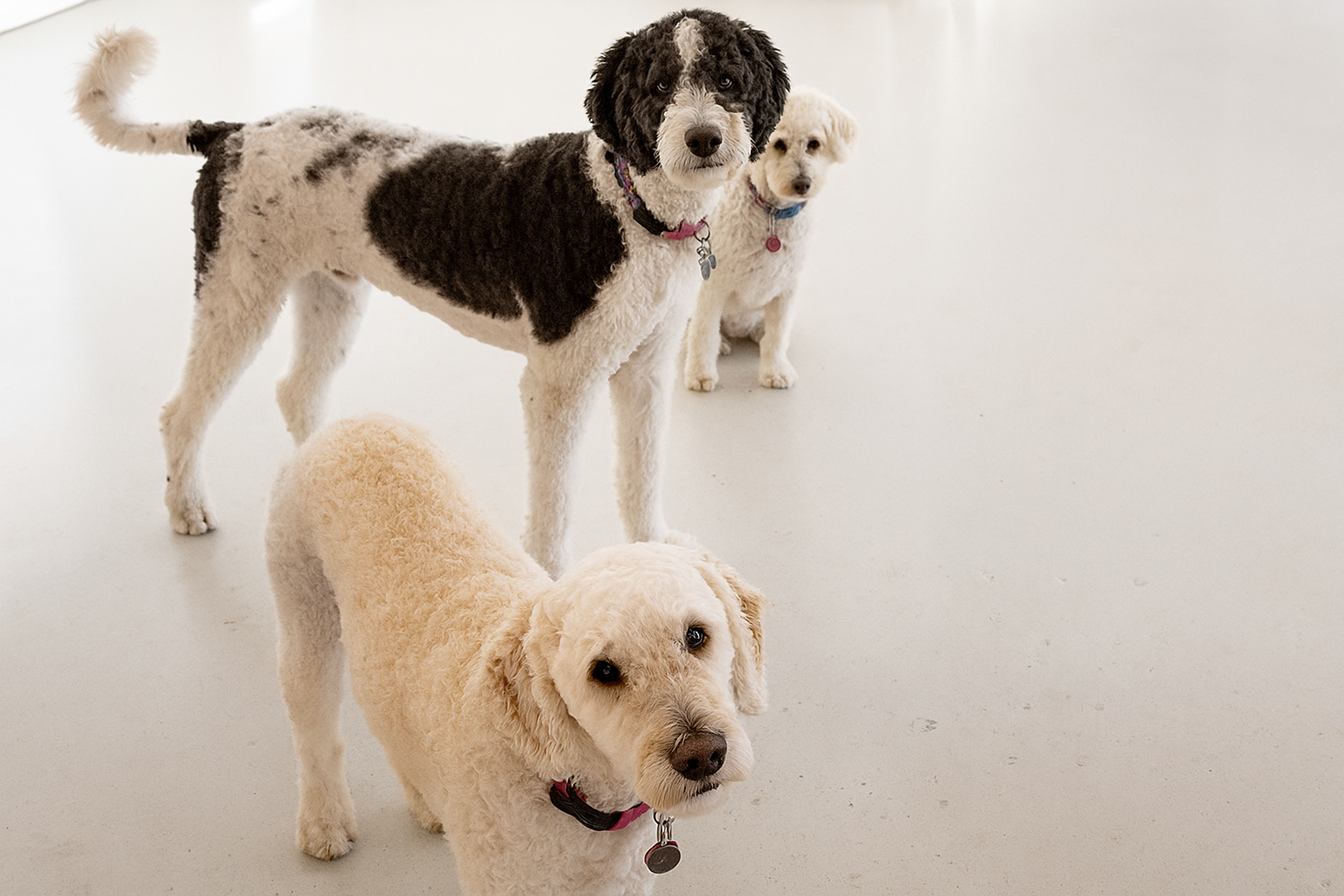
When Can You Safely Walk Your Dog After Neutering?

After your dog gets neutered, you need to be careful with them as they're sore and at risk for injury. The time after surgery is a period of recovery, a time when they won’t be able to walk like they used to.
So, how long does this recovery period last? How soon can I walk my dog after neutering? Is there anything I can do to help it along?
We’ll cover all of these answers and more right here. If you have a dog recovering from their neutering or will have one soon, keep reading.
How Much Recovery Do Dogs Need?
Dogs have a lot of variability to them. Their breed, age, size, health, and more can all impact how long it will take them to recover from being neutered. So, it is impossible to say exactly how much recovery time a dog will need.
In general, you should avoid pushing your dog for about two weeks. The ASPCA recommends limiting activity for the first 7 to 10 days. Then, for the days following, only light activity should be attempted.
The exact healing time may be sooner or may take longer. However, in two weeks, you can take a moment to really assess their current condition.
Related: Why Is My Dog So Tired? Understanding Canine Lethargy

Neutering Recovery Timeline
Every pet varies when it comes to their recovery. However, most share a very general recovery timeline. This will let you know what to watch out for and how much you can do with them.
- One day: On the day your pet is neutered, they will be uncomfortable and disoriented. The strain of the surgery will still be weighing on them, and the anesthesia will still be impacting their system. This will leave them extremely tired, so you should let them rest as much as possible.
- Two days: Day two of the recovery process is generally similar to day one. Your dog may be a bit more energetic but will still be extremely tired. You should continue to let them rest.
- Three days: At this point, the initial effects of the surgery will start to wear off. You may be able to go on light walks within the house to provide some exercise. However, you should still avoid pushing them.
- Ten days: Now that some time has passed, your pet will be well on the way to recovery. You can start going on light walks outside, but you should be very careful as you do so. Be on your guard if they start to look tired or show signs of strain. Also, watch out for signs that they have reopened their wound, as this will warrant an immediate vet call.
- Two weeks: Your pet may be recovered at this point. Try returning some elements of their normal routine. Again, if they seem unable to handle this, make sure you slow things down again.
Don’t forget to keep your pet comfortable while they go on a car ride! This PupProtector™ Memory Foam Dog Car Bed lets them sit in the lap of luxury on every ride.
What Can Happen If You Push Your Dog Too Early?
Knowing how to handle your dog after their neutering is important because there are some serious risks if they are pushed too early. These include:
- Reopening their wound: Surgery inherently comes with a wound that is closed when the procedure is complete. However, strain can reopen this wound, which can cause many problems.
- Swelling: The entire area where the surgery took place is susceptible to swelling. This can increase if your pet strains itself.
- Infection: If your pet’s wound is reopened, bacteria can get in. This can cause a dangerous infection.
- Damage to muscles: Your pet is in a weakened state after surgery as their body is using its energy toward recovery. Pushing them can cause damage to the muscles that are used.
Helping Your Dog After Their Surgery
After your dog’s surgery, you will likely get advice from your veterinarian regarding how to treat them. Make sure you follow this advice. In addition, you can take steps to help your pet rest and, eventually, exercise.
Helping Them Rest
You can do a lot for your pet by simply making them comfortable. If they come back from surgery and have to sleep on hard surfaces or torn-up beds, they won’t be comfortable. This can impact the quality of sleep and even prevent them from resting. If this happens, it will have a direct impact on their recovery.
You can solve this by making sure your pet has a comfortable pet bed. Look for options that stress comfort or that are orthopedic. These will encourage your pet to take rest seriously because they will enjoy it more.
You may want to look into other options as well. If your pet sleeps in or near your bed, you can use this bedside sleeper with stairs. This allows them to reach the height of the bed without having to jump, which is a strenuous activity that can tear open their wound.
Want to provide your dog with ultimate comfort after their surgery? This Human-Size Memory Foam Dog Bed makes them feel like they are sleeping on a cloud. Give your pup the bed that will let them rest and recover fully.

Helping Them Exercise
While rest is a big part of recovery, your pet still needs to move around occasionally. Dogs still need exercise and will need to build back their strength as they recover.
After a few days of rest, you can try helping them move around a bit. Start by just having them walk through the house for a short distance. After a while, you can increase the distances. Then, after even more time, you can move the walks outside.
As you exercise, always keep an eye on their health. If you suspect they are struggling, slow things down again. If you suspect something more serious is wrong, call your vet.
In addition, make sure your pet stays on top of eating and drinking while they recover. If they neglect their food, they won’t have the energy to exercise. This will prevent them from getting ahead of recovery and potentially cause long-term problems.
Walking Your Dog After Neutering
Your dog won’t be ready to walk until around two weeks after they are neutered. During this time, you need to make sure they get the rest they need and don’t strain themselves too hard. By doing this, you can properly guide their recovery and have them going on walks again before you know it.
Share this article
written by


